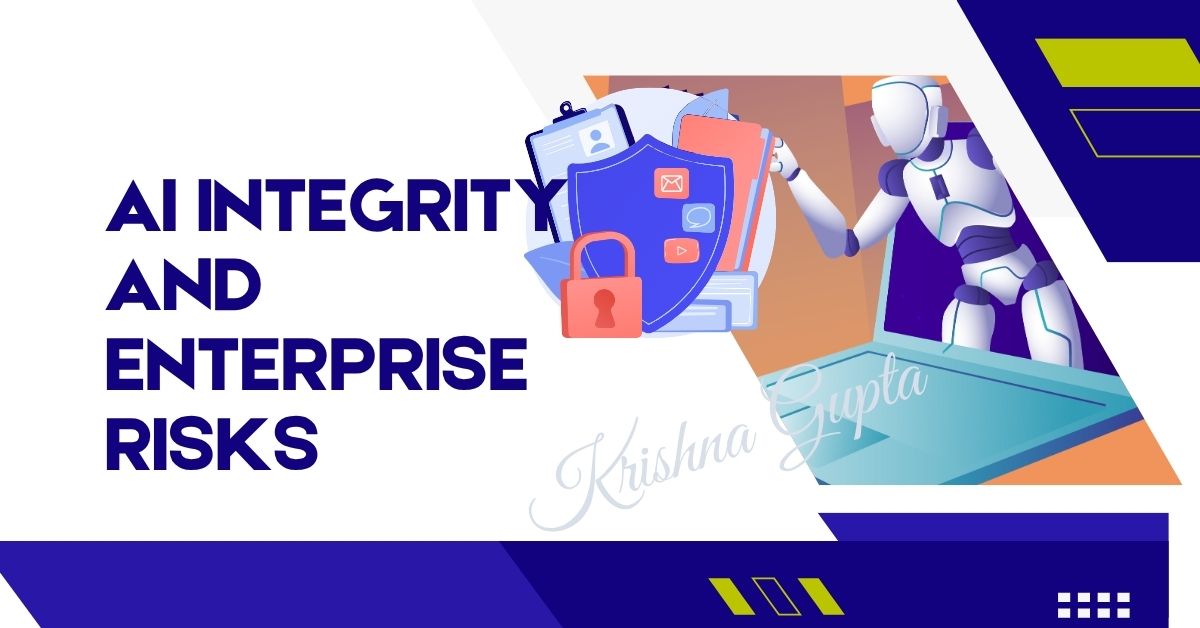Exploiting Collaborative Development Processes: A Growing Threat to AI Integrity and Enterprise Risk
The success of platforms like Hugging Face, GitHub, and Weights & Biases demonstrates a strong appetite for collaborative AI development. Organisations often benefit from open-sourcing internal models, using pre-trained datasets, or merging models to create new capabilities faster.




